The ocean is home to an incredible variety of plants that thrive in saltwater. These unique species have adapted to the harsh conditions of the sea, flourishing in environments that are both rich in nutrients and constantly in motion. Many of these marine plants not only provide food and shelter for sea creatures, but they also play a crucial role in maintaining the ocean’s ecosystem. Let’s explore some of the most interesting marine plants that thrive in saltwater environments.
Phyllospadix (Surfgrass)
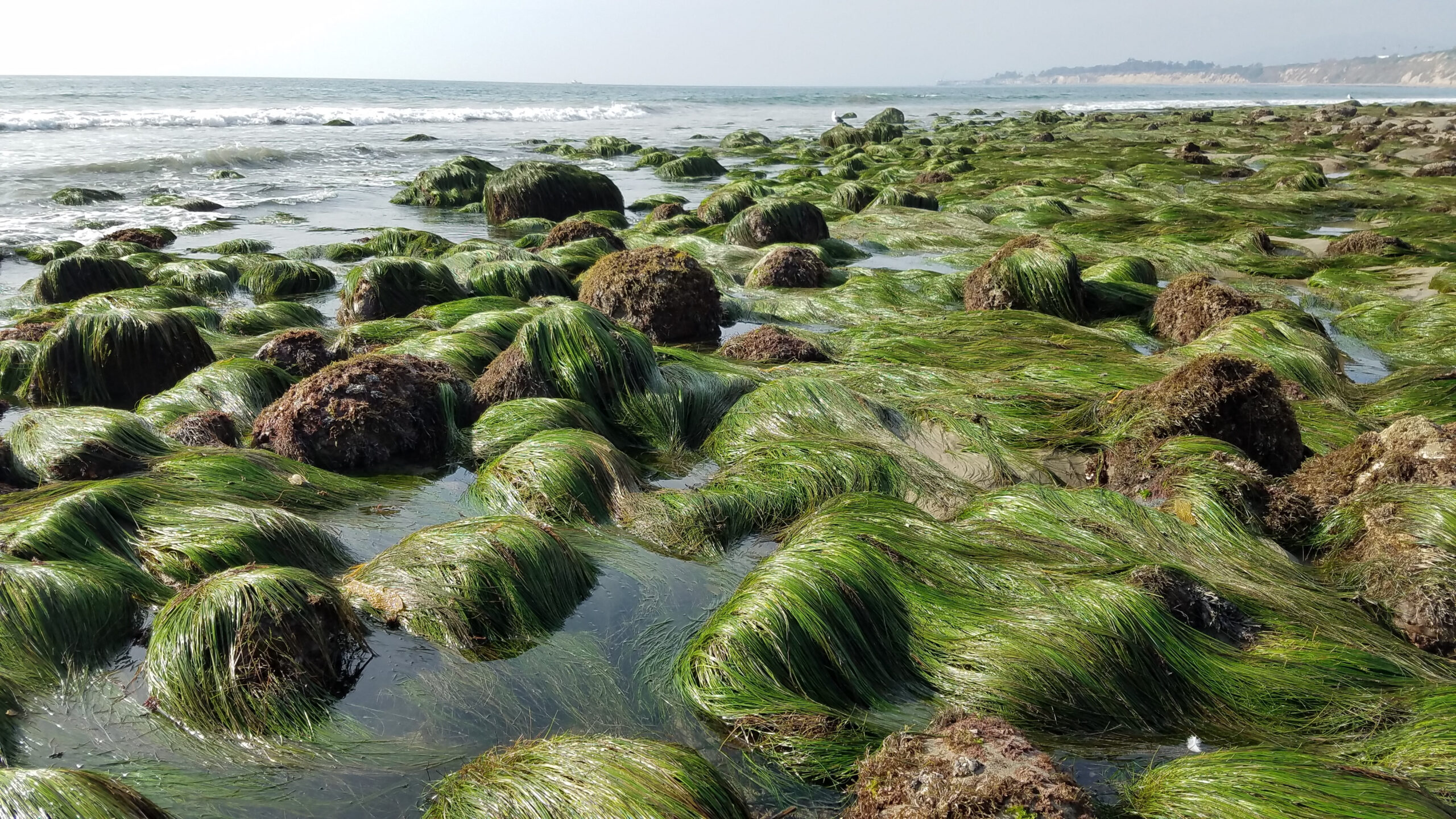
Phyllospadix, commonly known as surfgrass, is found in the intertidal zones along rocky coastlines. It thrives in areas with strong wave action, using its long, narrow leaves to cling to rocks and withstand the ocean’s movement. Surfgrass has a complex root system that anchors it firmly in place, making it resistant to being washed away. It often grows in dense meadows, providing shelter for various marine species. This plant also plays an important role in stabilizing the seabed, preventing erosion. Its ability to survive in such turbulent waters makes it a unique species in marine ecosystems.
Giant Kelp (Macrocystis pyrifera)
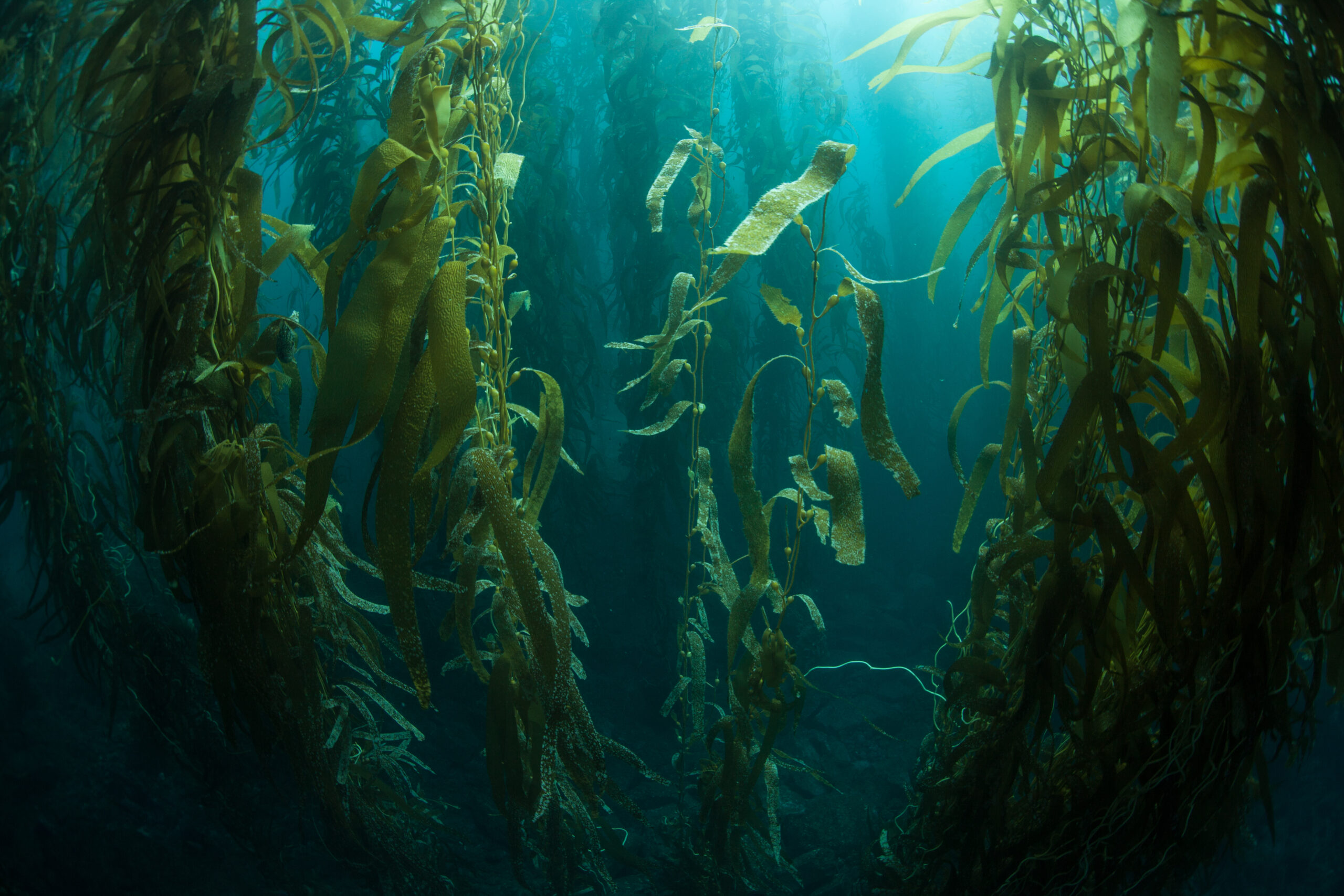
Giant kelp is one of the fastest-growing plants in the ocean, capable of reaching heights of over 100 feet. It forms massive underwater forests, creating habitats for countless marine animals. This plant attaches to the seafloor with strong, root-like structures called holdfasts, while its long, leafy fronds float towards the surface, reaching for sunlight. Giant kelp can grow up to two feet per day, making it a crucial part of the ocean’s ecosystem. It absorbs carbon dioxide from the water, helping to mitigate the effects of climate change. Its towering presence supports biodiversity in coastal waters.
Sea Palm (Postelsia palmaeformis)
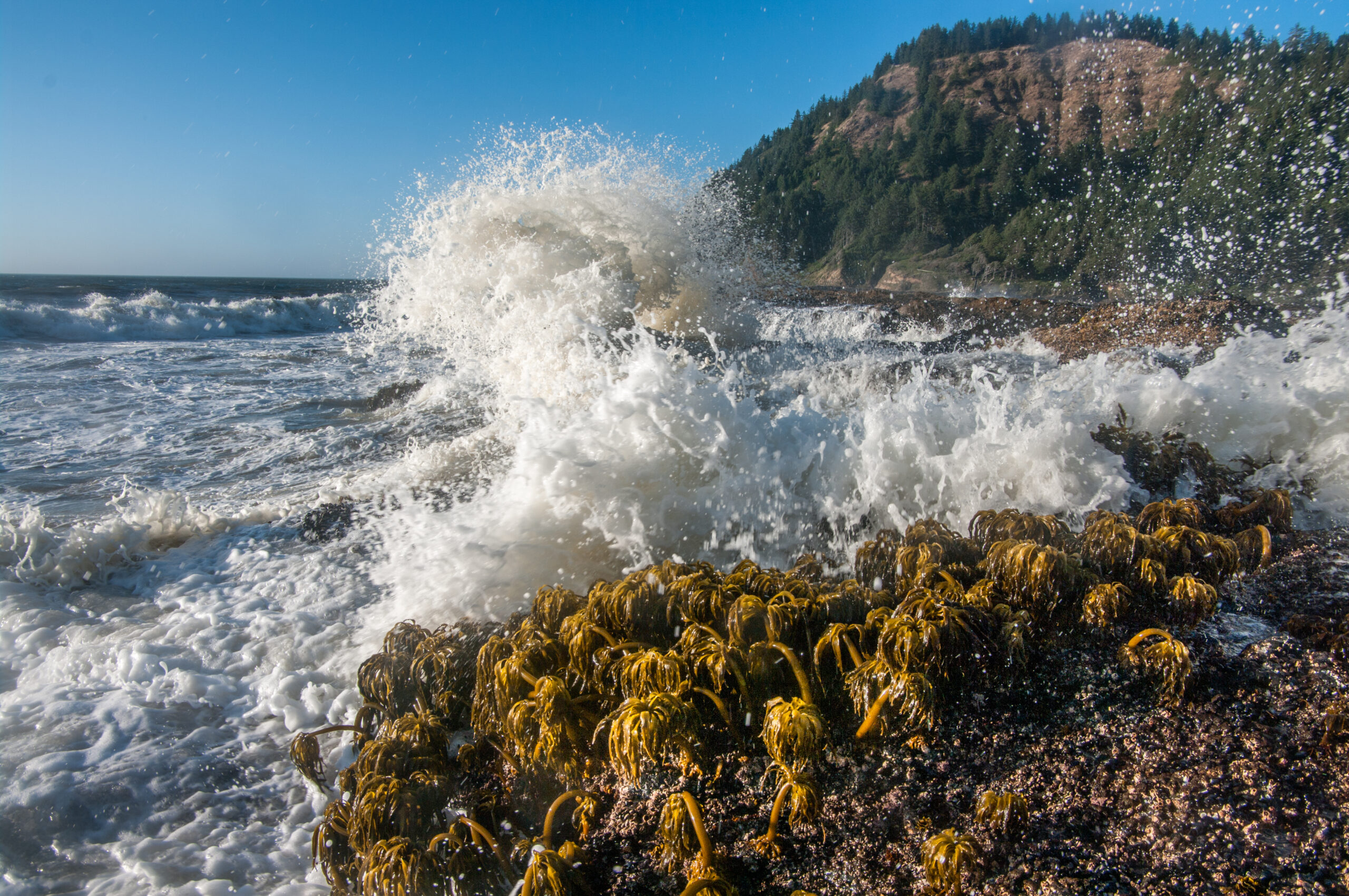
Sea palm looks remarkably like a miniature palm tree, with its thick, brownish-green stalk and fronds. This unique marine plant grows in intertidal zones, often exposed to heavy waves. Its stalk is flexible, allowing it to bend with the force of the water without breaking. Sea palm can often be seen in clusters on rocky outcrops, surviving the relentless pounding of waves. It uses its specialized holdfast to anchor itself to rocks, ensuring it stays rooted in place. Its appearance and resilience make it one of the most fascinating marine plants in these turbulent environments.
Gulfweed (Sargassum natans)

Gulfweed, or Sargassum, is a floating marine plant that forms large mats on the ocean’s surface. It has small, rounded leaves and air-filled bladders that help it stay buoyant in the water. Gulfweed thrives in the open ocean, providing shelter and food for a variety of sea creatures, from tiny fish to large sea turtles. This plant is particularly abundant in the Sargasso Sea, a region in the Atlantic Ocean. It plays a critical role in the marine ecosystem by supporting a wide range of marine life. Its free-floating nature allows it to drift with ocean currents, spreading across vast areas.
Neptune Grass (Posidonia oceanica)
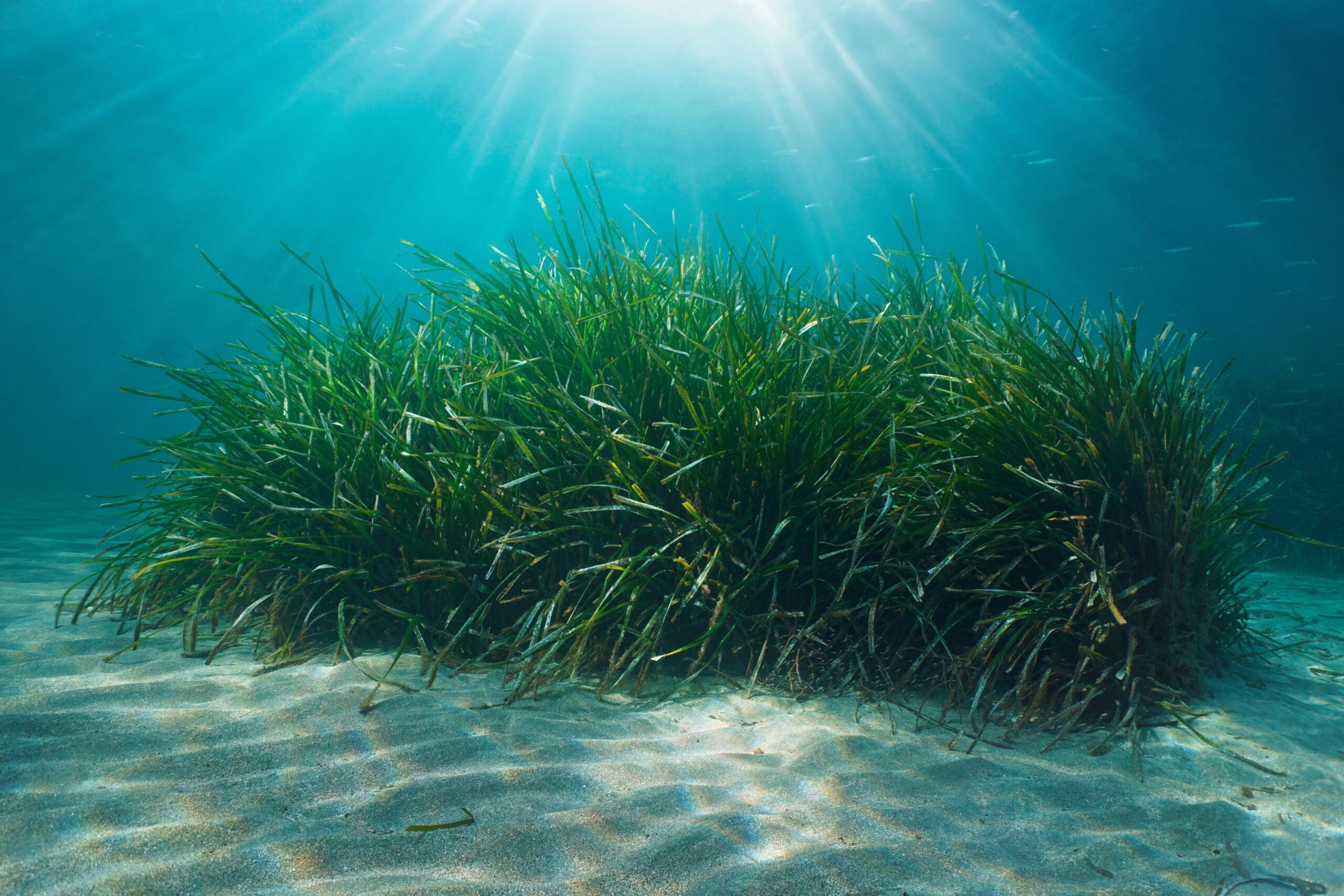
Neptune grass is a flowering marine plant that forms vast underwater meadows in the Mediterranean Sea. Its long, ribbon-like leaves can grow up to five feet in length, creating a dense habitat for marine species. Neptune grass helps stabilize the seabed and prevent coastal erosion, while also absorbing large amounts of carbon dioxide from the water. It’s vital to the marine environment, providing oxygen and food for many sea creatures. This plant grows slowly but lives for hundreds of years, making it one of the ocean’s most long-lived plants. Its resilience is key to maintaining the health of coastal ecosystems.
Dead Man’s Fingers (Codium fragile)
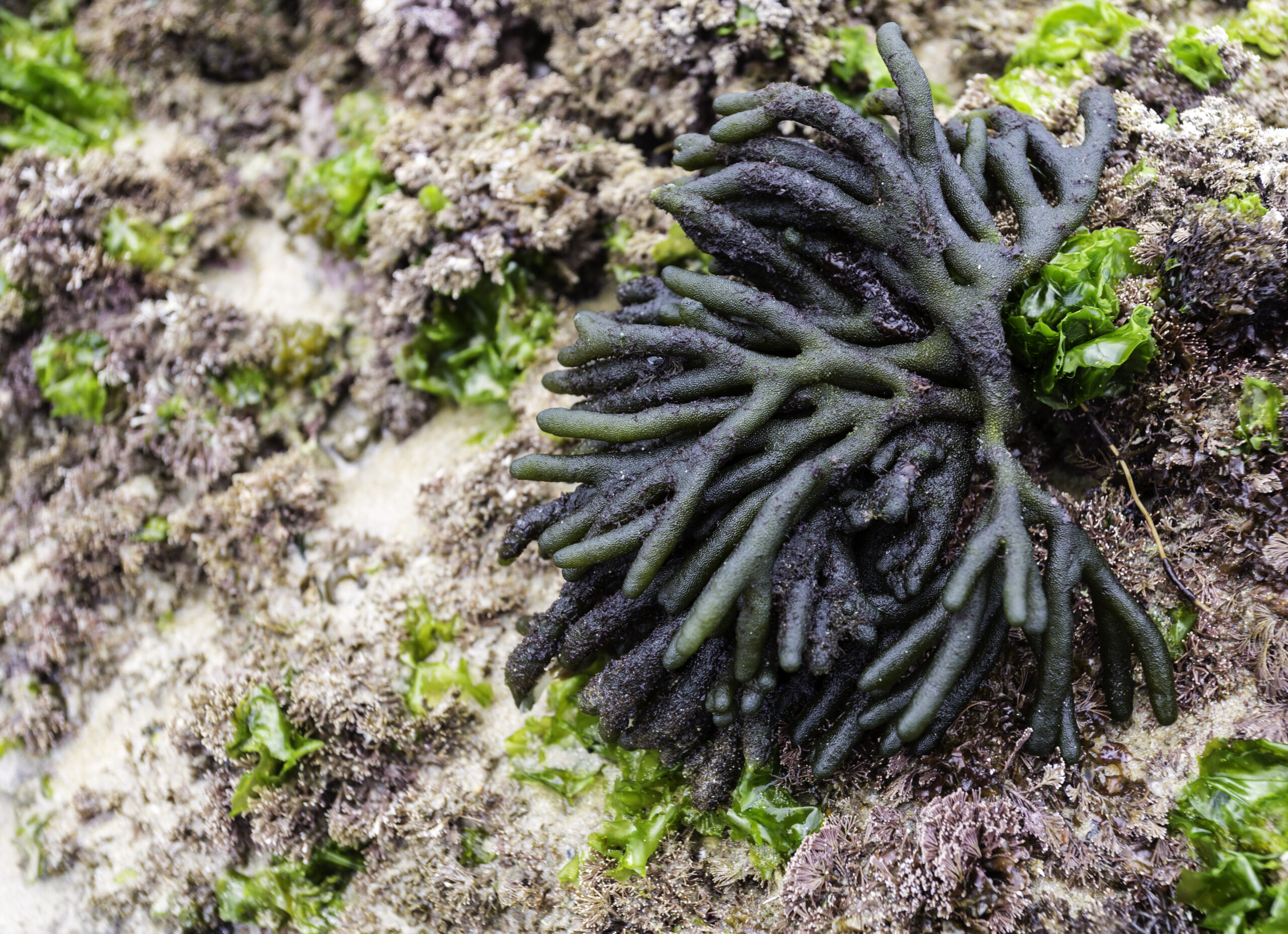
Dead Man’s Fingers is a green algae that gets its name from its finger-like, spongy appearance. This plant often grows in clusters, attaching itself to rocks, shells, or even other plants in shallow coastal waters. It can grow up to several feet long, giving it an eerie, finger-like texture. Dead Man’s Fingers is highly resilient, able to thrive in a variety of saltwater conditions, including areas with strong waves or varying salinity levels. It plays a significant role in marine ecosystems by providing habitat and food for small marine animals. Its robust structure helps it withstand the challenges of its environment.
Mermaid’s Cup (Acetabularia crenulata)
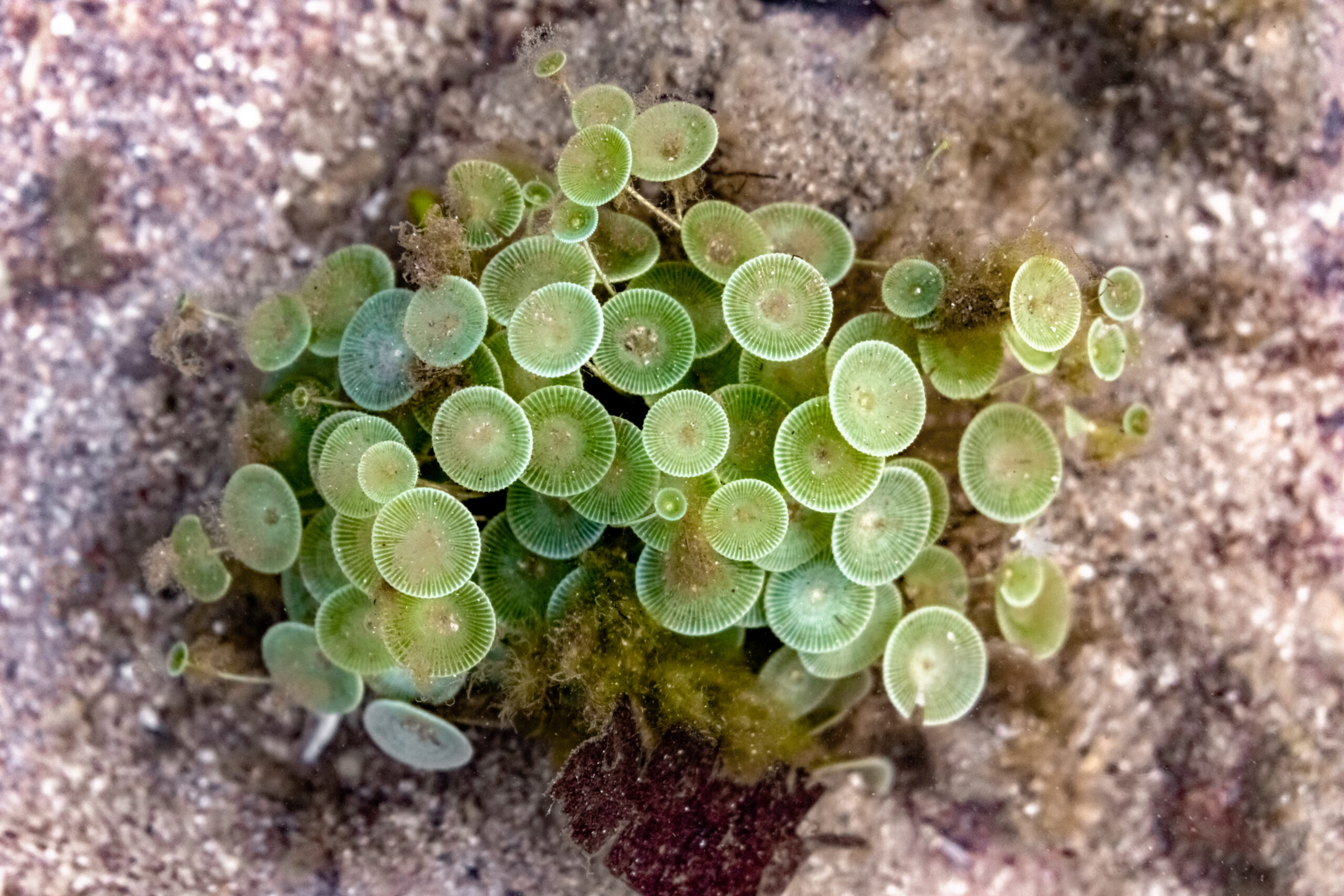
Mermaid’s Cup is a single-celled green algae that has a stunning, umbrella-like structure, resembling a tiny cup or parasol. This plant can grow up to a few inches tall and is often found in shallow, tropical waters. It thrives by attaching itself to rocks or other surfaces on the seafloor. Mermaid’s Cup is unique because, despite being a single cell, it forms a complex and beautiful shape. Its cup-like appearance helps it capture light for photosynthesis, making it highly efficient in nutrient-rich waters. This algae is a favorite among marine biologists for its simple yet intricate design.
Halophila (Paddle Weed)
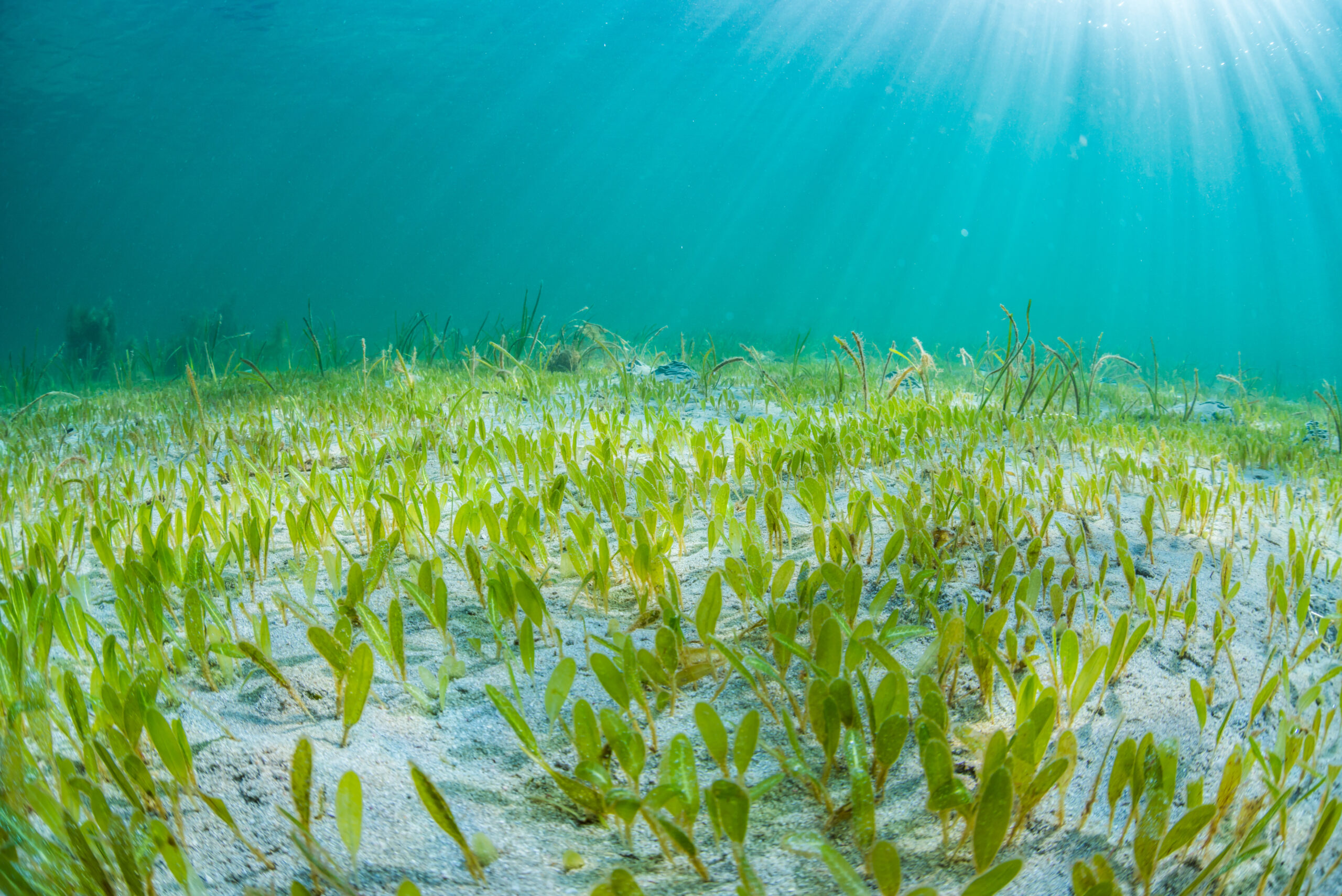
Halophila, also known as Paddle Weed, is a type of seagrass with broad, paddle-shaped leaves that spread across sandy or muddy seabeds. This marine plant is typically found in shallow coastal waters where it forms dense meadows. Paddle Weed grows quickly, anchoring itself with strong roots that help stabilize the seabed and prevent erosion. It plays a critical role in supporting marine life, providing food and habitat for fish, crustaceans, and other creatures. Halophila is also important for oxygen production and carbon sequestration, making it vital for healthy ocean ecosystems.
Eelgrass (Zostera)

Eelgrass is a type of seagrass that has long, ribbon-like leaves that can grow up to three feet in length. This plant is found in shallow, sheltered areas along coastlines, often forming large underwater meadows. Eelgrass provides a crucial habitat for a variety of marine animals, including fish, crustaceans, and invertebrates. Its roots anchor firmly into the sandy or muddy seabed, helping to reduce erosion and stabilize the underwater environment. Eelgrass is also known for its ability to filter water, improving water quality and providing oxygen to surrounding ecosystems. Its delicate but extensive meadows are essential for coastal biodiversity.
Caulerpa
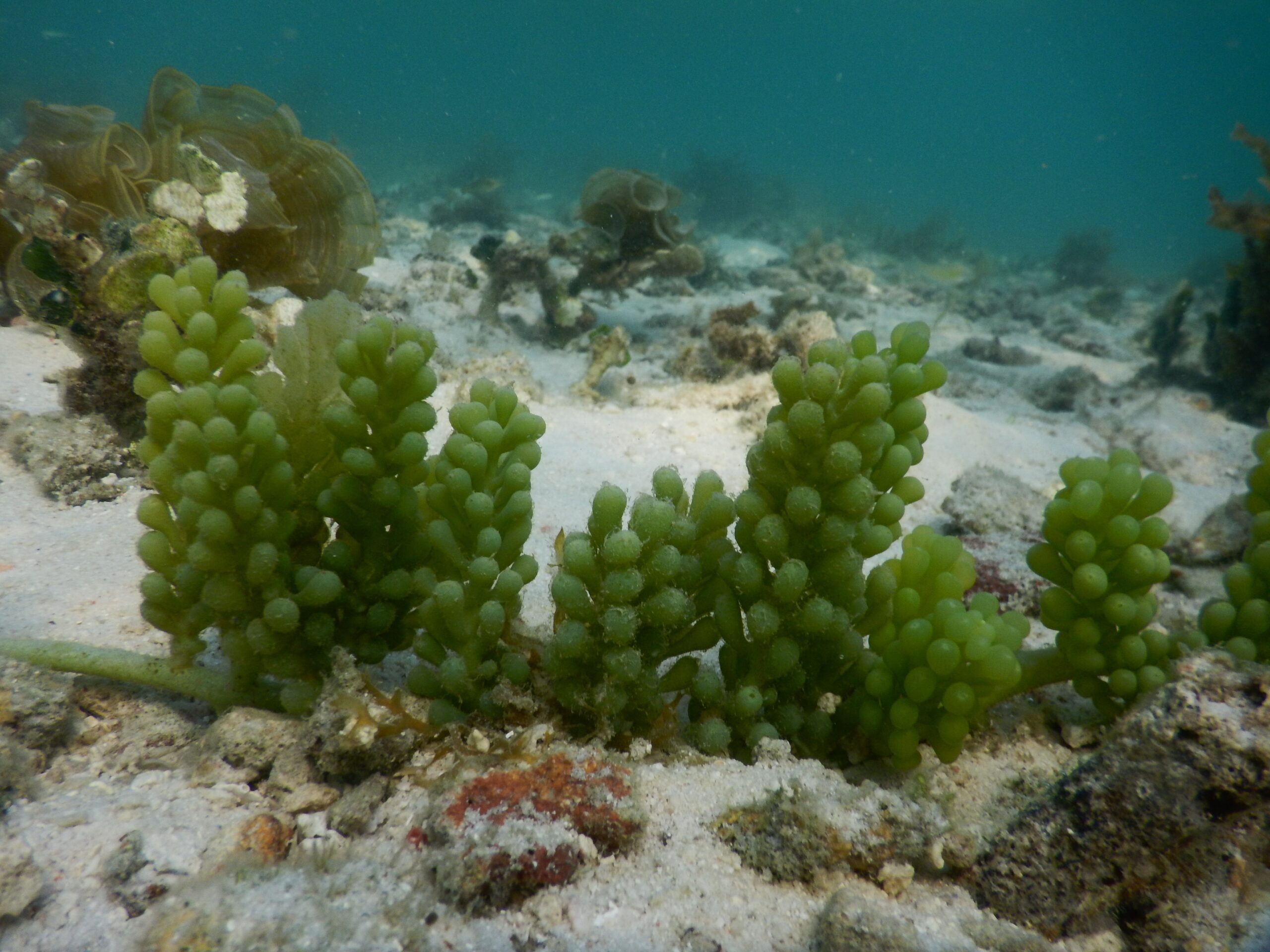
Caulerpa is a type of green algae that has a unique, creeping growth pattern, spreading across the ocean floor like a mat. It has feathery or grape-like structures that can range in color from bright green to dark olive. This algae can grow rapidly, making it both a resilient marine plant and, in some regions, an invasive species. Caulerpa is capable of surviving in a wide range of saltwater environments, from shallow coastal areas to deeper waters. Its fast growth and dense coverage can smother other plants, but it also provides shelter for small marine creatures. Caulerpa’s adaptability is both a strength and a challenge for ocean ecosystems.
Bubble Algae (Valonia ventricosa)
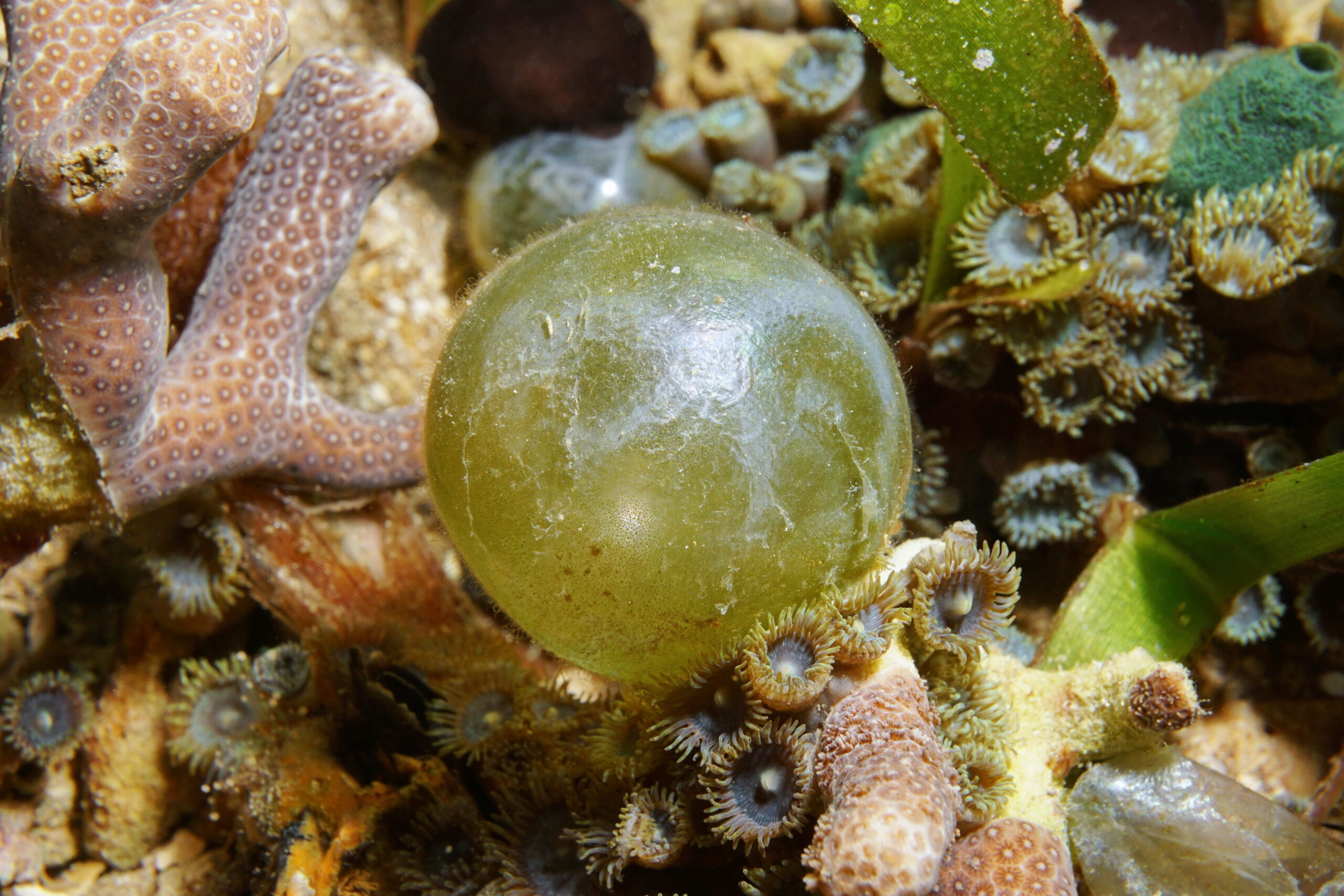
Bubble Algae is one of the largest single-celled organisms in the world. It has a striking, glassy appearance with smooth, green, bubble-like structures. This marine algae typically grows in shallow waters, attaching itself to rocks, coral, or other surfaces in tropical and subtropical regions. Each “bubble” is actually a single, large cell that can grow up to several centimeters in diameter. Despite its simple structure, Bubble Algae can spread rapidly under favorable conditions, sometimes becoming a nuisance in marine aquariums. It plays a role in absorbing excess nutrients from the water, but its growth must be monitored in certain environments due to its potential to outcompete other species.
This article originally appeared on Rarest.org.
More from Rarest.org
15 Rare Butterfly Species That Migrate Across Continents
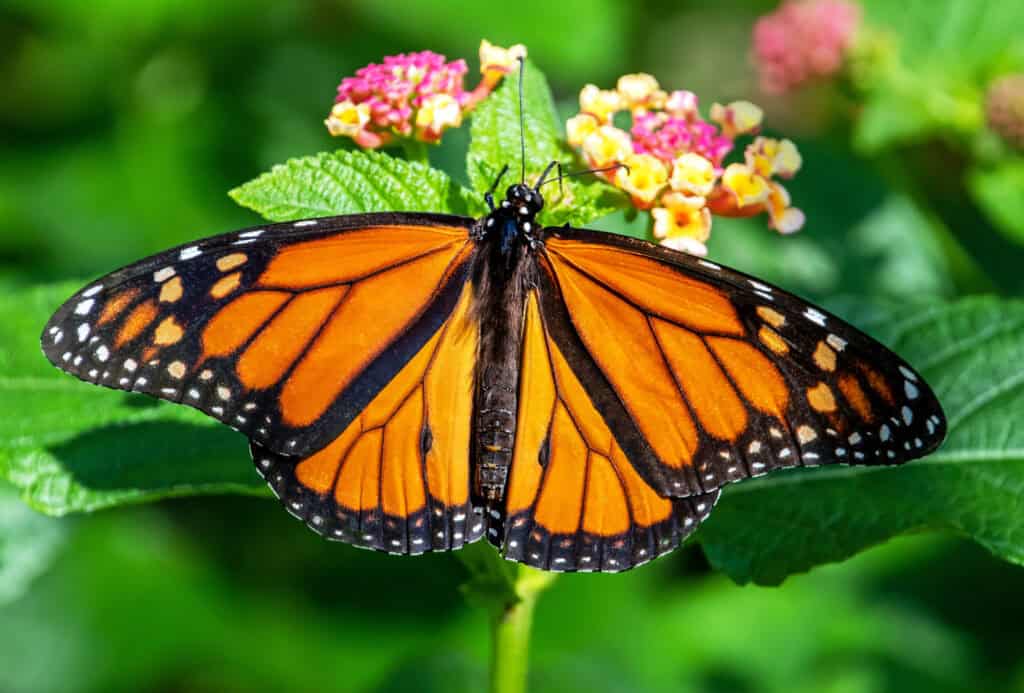
Butterfly migration is one of nature’s most extraordinary phenomena, with some species traveling thousands of miles across continents to find suitable climates and food sources. Read More.
19 Endangered Flowers That May Disappear Forever
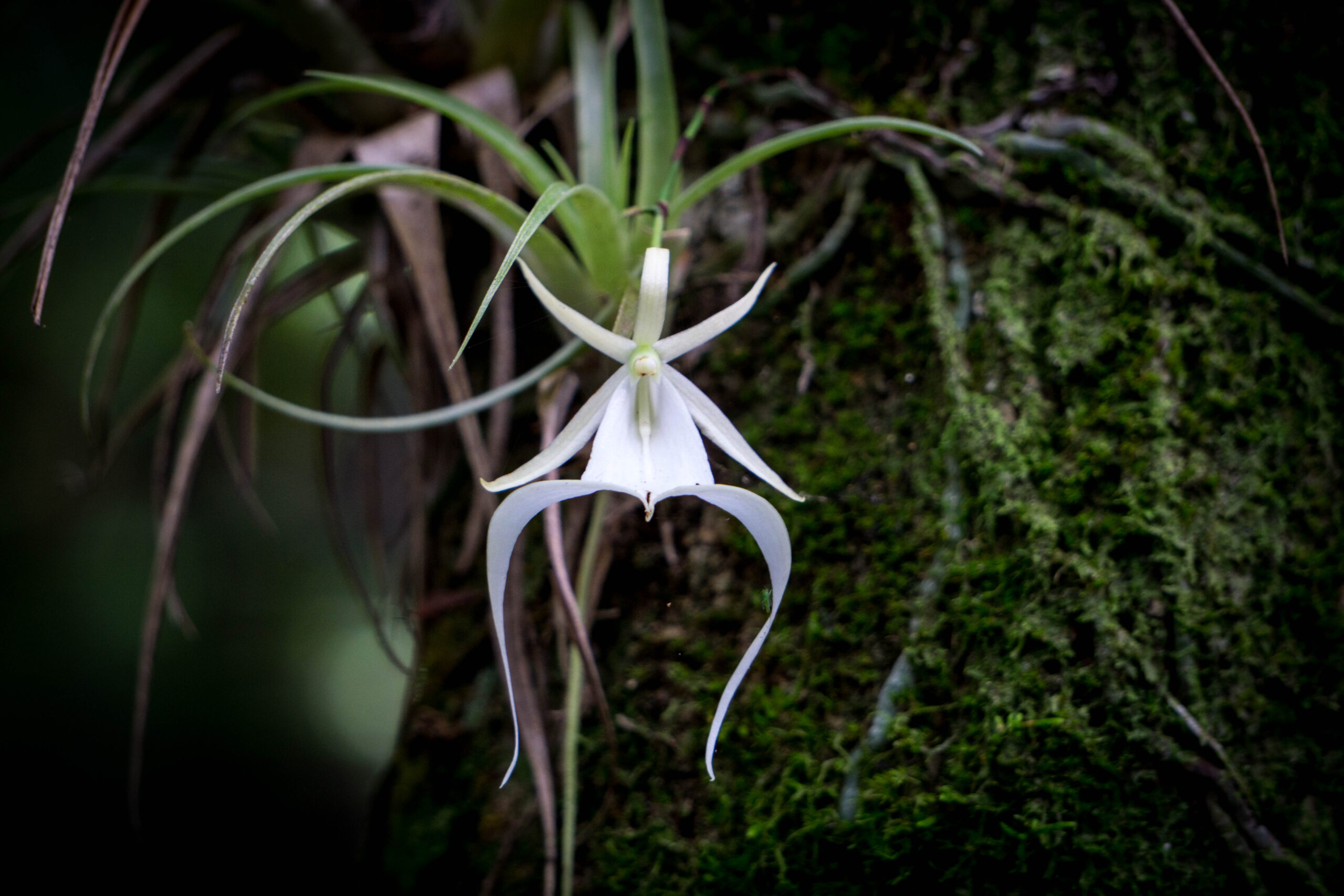
Many stunning flowers around the world are on the verge of disappearing forever. These endangered blooms face threats like habitat destruction, climate change, and human activities. Read More.
15 Most Unusual Concept Cars That Never Made It to Production

Concept cars have always been a playground for designers and engineers to push the boundaries of what’s possible in the automotive world. Read More.
